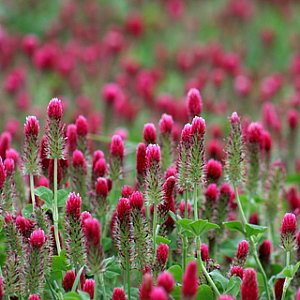When it comes to fruit and flower production, pollinating insects are major players. The act of pollination inside a greenhouse may require the introduction of bumble bees or the use of equipment that mimics the bees’ wing vibrations. However, outside in your garden you can attract pollinating insects by simply growing the plants that will sustain them throughout their lives. That includes a diverse selection to provide not only nectar but also will support reproduction.
But pollinating insects are in trouble, says Ed Hume, TV and radio personality and garden author. Their decline is due to overuse of garden chemicals, habitat loss, and pests like the varroa mite that preys on honey bees. “As a result,” Ed points out, “many home gardeners are making a real effort to add plants to their garden that attract bees and other pollinators.”

In response, Ed’s family business, Ed Hume Seeds, was among the first to offer a flower seed mixture designed to attract bees, butterflies, and hummingbirds. Ed’s company worked with the Xerces Society to come up with a western wildflower combination that includes—
bee balm, blanket flower, butterfly milkweed, blue sage, California poppy, crimson clover, lacey phacelia, lance-leaf coreopsis, lemon mint, Mexican hat, partridge peas, perennial and annual lupine, purple coneflower, Rocky Mountain penstemon, sunflower
To sow the wildflowers, Ed recommends preparing a bed near your vegetable garden or greenhouse. Leave the door open if you want insects to find your plants under glass. It needs at least six hours of direct sun. He suggests mixing the fine seed with sand and broadcasting it over the area, lightly raking to cover with no more than an eighth of an inch soil. “Keep the soil moist during the germination period,” Ed says. The sprouting time ranges from one to four weeks.
Now I’ll add my tip. I’ve discovered that if you sow the seed/sand mix in a straight line with about eight inches between rows, you’ll be able to discern random weeds from emerging wildflowers. The linear artificiality disappears as the plants grow taller.
Of course, Ed says, you may already have plants that pollinators favor in your garden. His short sampler list includes the following. Are you growing any of these?
- Annuals – alyssum, ageratum, cosmos, marigold, sunflower, verbena
- Perennials – globe thistle, lavender, hellebore, primula, rosemary, rudbeckia, sedum,
- Shrubs (evergreen) – ceanothus, choisya, heather, hebe, pieris, sarcococca, stranvaesia
- Shrubs (deciduous) – beauty bush, forsythia, quince, spirea
- Vines – clematis, honeysuckle, jasmine
- Herbs – borage, garlic chives, mint, oregano, sage


